Related Movies

Real Love (2023)
It follows Kendra as she sets off on her own for the first time to college. When she meet's her film class partner Ben, she tries her hardest to keep things professional.

Forget You (2019)
The Directorial Debut of Naomi Scott (Charlies Angels, Aladdin) and Husband Jordan Spence brings a quirky creative Music Film with striking visuals. This story explores the way in which 'forgetting' is not an easy task.
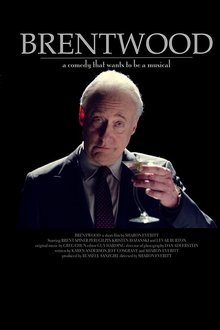
Brentwood (2018)
A running feud between Star Trek actors Brent Spiner and Levar Burton is the basis for this TV comedy pilot.

The Morphable Man (2018)
Adio is a young man able to control a condition that causes his involuntary transformation into objects based on his emotions until he meets Sophie.
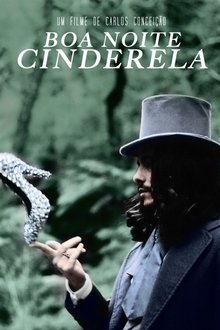
Goodnight Cinderella (2014)
Cinderella escapes at midnight, leaving behind one of her glass slippers. In the days that follow, the gay prince can't give up the idea of completing the pair.
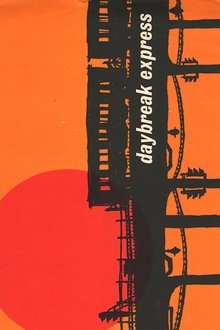
Daybreak Express (1953)
Set to a classic Duke Ellington recording "Daybreak Express", this is a five-minute short of the soon-to-be-demolished Third Avenue elevated subway station in New York City.
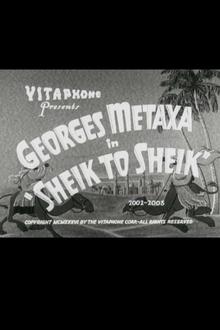
Sheik to Sheik (1936)
A radio salesman gets knocked out by a golf ball and dreams he's in the desert where he sells radios to sheiks.
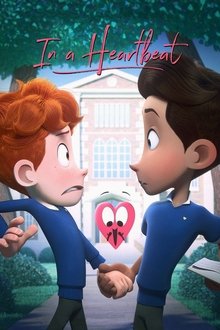
In a Heartbeat (2017)
A closeted boy runs the risk of being outed by his own heart after it pops out of his chest to chase down the boy of his dreams.
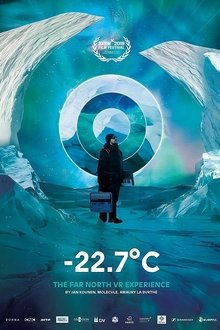
-22.7°C The Far North Musical Experience (2019)
The music producer Molécule stayed in a village in Greeland, where he recorded the sounds of the Artic to compose music. The viewer follows Molécule in his adventure in the extreme North, in a sensorial and musical immersion.

Five Minutes Ago (2008)
A young man pretends to sleep while he watches his lover go through her morning routine.
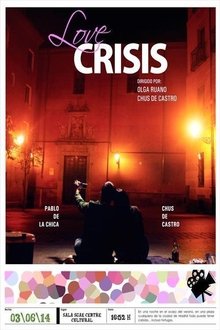
Love Crisis (2013)
During one night at the end of the summer, in a random plaza in the centre of Madrid there is room for anything to happen - even turtles.

French Kiss (2005)
"Deep shit : listen in life chance only comes once, unless you’re lucky : then it can come twice. But for you it will only come once. So, you must chat to Kate the Amercain, where is she ?"
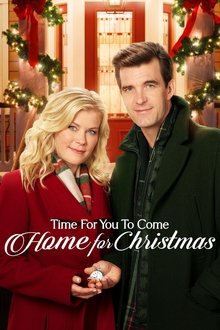
Time for You to Come Home for Christmas (2019)
A recent widow travels with her son to her Virginia hometown for Christmas. On the way they meet a man who is also heading to the same destination. As they continue to spend time together, the pair grows closer.
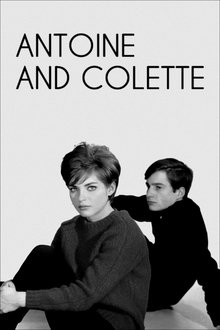
Antoine and Colette (1962)
Now aged 17, Antoine Doinel works in a factory which makes records. At a music concert, he meets a girl his own age, Colette, and falls in love with her. Later, Antoine goes to extraordinary lengths to please his new girlfriend and her parents, but Colette still only regards him as a casual friend. First segment of “Love at Twenty” (1962).

So It Goes (2017)
Amidst many distractions, Samantha struggles to find her voice recording a new song. She encounters a mysterious stranger who reminds her of why she loves to create music.
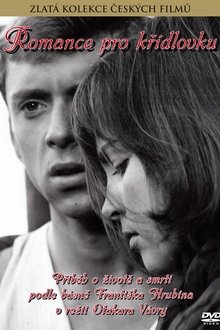
Romance for Bugle (1967)
A lyrical story about first love, death and disappointment, based on a poem of the same title.
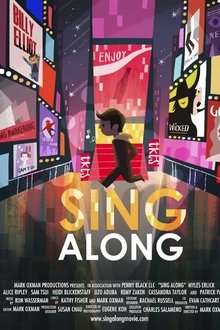
Sing Along (2013)
A sheltered boy with a dream of starring on Broadway survives day-to-day life by imagining the world as a musical.

Rain in the Sunshine (2013)
Schoolboy Hinata has a big crush on his classmate Shigure, but is too shy to tell her. On the day Shigure is leaving, Hinata flies off on the wings of a bird chasing after her to tell how he feels!

Carried by the Waves (2022)
Loïs, 22 years old, wakes up on the beach after a drunken night. In his distress, he approaches Killian, 20, who is jogging and falls for him at first sight.
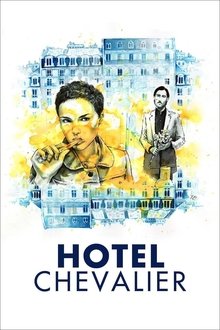
Hotel Chevalier (2007)
In a Paris hotel room, Jack Whitman lies on a bed. His phone rings; it's a woman on her way to see him, a surprise. She arrives and the complications of their relationship emerge in bits and pieces. Will they make love? Is their relationship over? (A prequel to The Darjeeling Limited, 2007.)